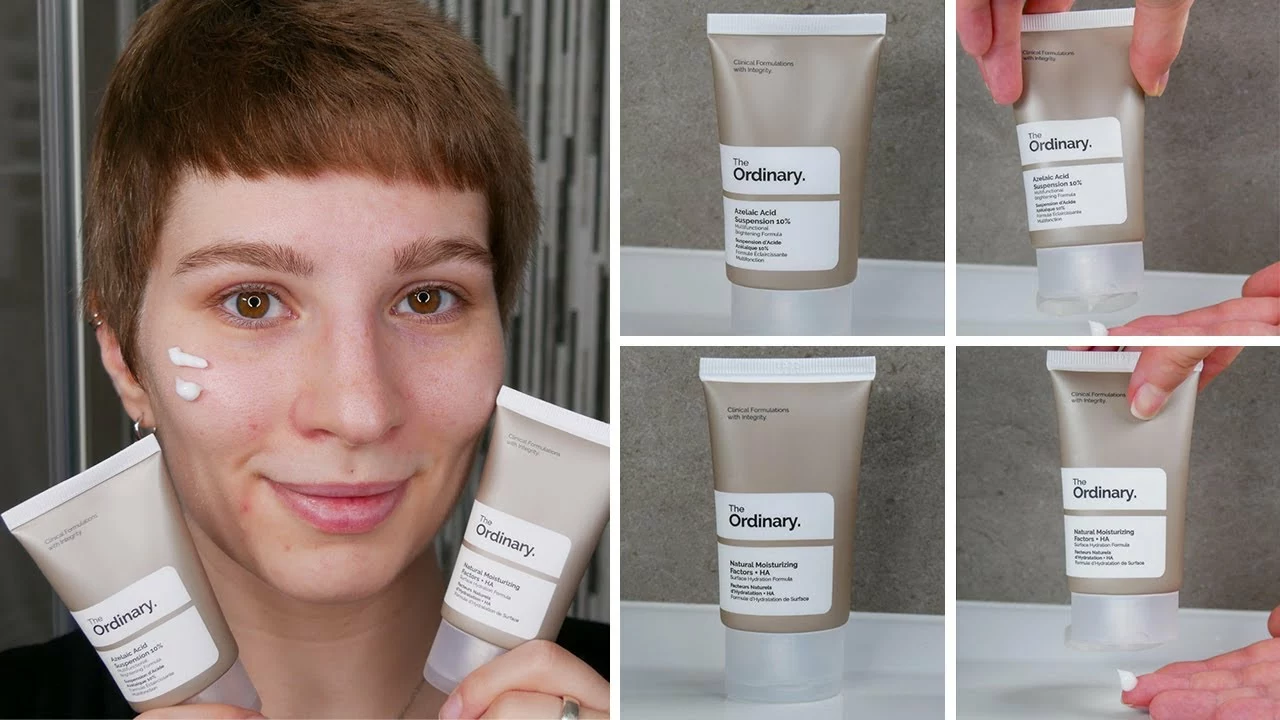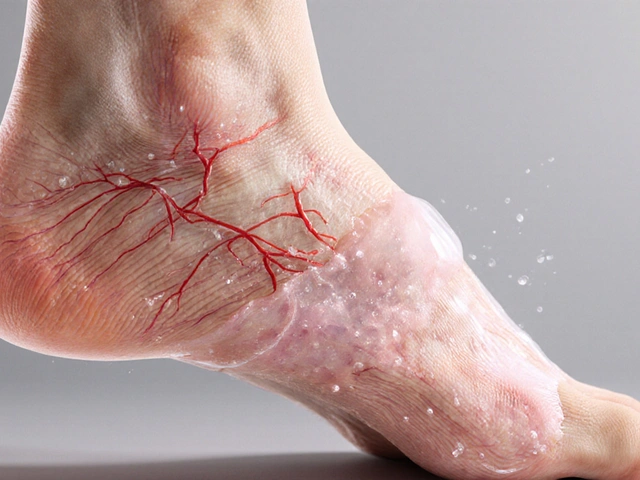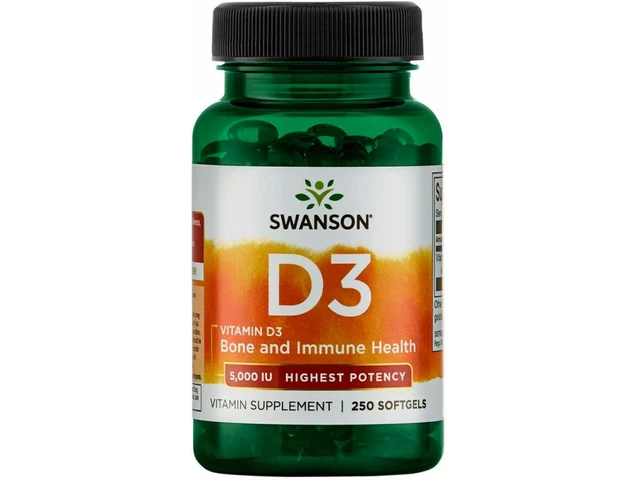
Introduction to Azelaic Acid
Azelaic acid is a naturally occurring compound found in grains like wheat, barley, and rye. It has been widely used in the skincare industry for its various beneficial properties, such as reducing inflammation and treating acne. But did you know that azelaic acid is also a game-changer in hair care? In this article, we will dive into the amazing benefits and applications of azelaic acid in hair care, and how it can help you achieve healthier and more beautiful hair.
Understanding the Benefits of Azelaic Acid for Hair
When it comes to hair care, azelaic acid offers numerous benefits that can greatly improve the overall health and appearance of your locks. Here are some of the top advantages of incorporating azelaic acid into your hair care routine:
1. Promotes Hair Growth
One of the most significant benefits of azelaic acid for hair is its ability to stimulate hair growth. It has been found to increase the activity of hair follicles, thus promoting the growth of new hair strands. By using azelaic acid-containing hair care products, you can effectively combat hair loss and achieve thicker, fuller hair.
2. Reduces Dandruff and Scalp Irritation
Azelaic acid is known for its anti-inflammatory properties, which can be particularly beneficial for those suffering from dandruff and scalp irritation. It can help soothe the scalp, reduce inflammation, and prevent the growth of yeast, which is often the main cause of dandruff. By incorporating azelaic acid into your hair care routine, you can effectively manage dandruff and keep your scalp healthy and itch-free.
3. Balances Scalp Oil Production
Excess oil production on the scalp can lead to clogged hair follicles, which can result in hair loss and other issues. Azelaic acid can help regulate oil production, ensuring that your scalp stays balanced and healthy. This balance can also help prevent greasy, oily hair, allowing your locks to look clean and fresh for longer periods of time.
4. Prevents Hair Breakage
By strengthening the hair follicles and promoting healthy hair growth, azelaic acid can help prevent hair breakage. Stronger, healthier hair is less prone to breakage and damage, ensuring that your locks remain smooth, shiny, and manageable.
Applications of Azelaic Acid in Hair Care
Now that you know the amazing benefits of azelaic acid for hair, let's explore some of the ways you can incorporate it into your hair care routine:
1. Shampoos and Conditioners
One of the easiest ways to incorporate azelaic acid into your hair care routine is through shampoos and conditioners that contain this powerful ingredient. Simply replace your regular shampoo and conditioner with azelaic acid-infused products, and you'll be reaping the benefits in no time.
2. Hair Masks and Treatments
For a more intensive treatment, you can use hair masks or leave-in treatments containing azelaic acid. Apply the product to clean, damp hair, and let it sit for the recommended time before rinsing it out. This will allow the azelaic acid to penetrate deeply into your hair and scalp, providing maximum benefits.
3. Scalp Serums
Another way to utilize azelaic acid in your hair care routine is by using a scalp serum containing this powerful ingredient. Apply the serum directly to your scalp and massage it in gently to ensure even distribution. This can be especially helpful for those dealing with hair loss, as it can directly target the hair follicles and promote growth.
Important Tips for Using Azelaic Acid in Hair Care
Before incorporating azelaic acid into your hair care routine, it's essential to keep the following tips in mind:
1. Patch Test
As with any new hair care product, it's crucial to perform a patch test before using azelaic acid-containing products. Apply a small amount of the product to a discreet area of your scalp and wait for 24 hours to see if there are any adverse reactions. If you experience any irritation or discomfort, discontinue use and consult with a healthcare professional.
2. Follow the Directions
When using azelaic acid in hair care products, it's essential to follow the manufacturer's directions for use. This will ensure that you're using the product correctly and getting the most out of its benefits.
3. Consult with a Professional
If you're unsure whether azelaic acid is right for your hair type and needs, it's best to consult with a hair care professional or dermatologist. They can help determine if azelaic acid can benefit your hair and recommend the best products for your individual needs.
Conclusion
Azelaic acid is a powerful ingredient that can significantly improve the health and appearance of your hair. By incorporating azelaic acid-rich products into your hair care routine, you can enjoy the benefits of stronger, healthier hair, reduced scalp irritation, and improved hair growth. Give azelaic acid a try and experience the difference it can make for your locks!









13 Comments
Wow, the potential of azelaic acid in hair care really does seem, almost bewilderingly, to transcend its dermatological origins; one can almost feel the cascade of benefits, from follicular stimulation to oil regulation, washing over each strand like a poetic metaphor for modern cosmetology. The way the article lays out the mechanisms is, frankly, quite exemplary, albeit occasionally veering into the realm of academic verbosity. Nonetheless, I find the inclusion of scalp serums particularly compelling-imagine the subtle synergy of anti-inflammatory action and follicle activation! If you haven't already, you might consider integrating a low-concentration formulation into your weekly routine, just to observe the nuanced shift. Keep an eye out for any irritation, though; the skin can be as fickle as an avant‑garde poet.
Dear readers, I would like to extend my sincere appreciation for this thorough exposition on azelaic acid; the systematic approach you have taken is both commendable and enlightening 😊. It is evident that careful consideration has been given to the safety protocols, such as the patch‑test recommendation, which reflects a high degree of professionalism. Moreover, the balanced discussion of benefits versus potential adverse effects demonstrates a nuanced understanding of dermatological science. I encourage everyone to consult a qualified specialist before commencing any new regimen, thereby ensuring optimal outcomes. Please continue to share such insightful content; it greatly contributes to the collective knowledge base. 🙏
Azelaic acid's role in hair health extends beyond the headline benefits of growth stimulation. First, its anti‑inflammatory properties directly mitigate scalp conditions that can impede follicle function. By reducing cytokine-mediated irritation, the microenvironment becomes more conducive to keratinocyte activity. This translates to a measurable increase in the anagen phase duration, which is the growth phase of the hair cycle. Clinical studies have shown that participants using azelaic‑enriched shampoos report a reduction in telogen shedding by up to 30 percent. Second, the compound's ability to chelate excess iron and copper on the scalp helps limit oxidative stress, a known contributor to hair thinning. When oxidative stress is lowered, the hair shaft retains its structural proteins more effectively, resulting in decreased breakage. Third, azelaic acid subtly modulates the sebum gland output by inhibiting 5‑alpha reductase activity, a mechanism also targeted by certain oral medications. This regulation not only prevents the greasy appearance that many associate with over‑production but also reduces follicular occlusion. Occluded follicles become a breeding ground for Malassezia yeast, which is implicated in dandruff and seborrheic dermatitis. By curbing yeast proliferation, azelaic acid indirectly promotes a healthier scalp barrier that supports follicular resilience. Practical application can be as simple as alternating a standard shampoo with an azelaic‑infused formula two to three times per week. For individuals with heightened sensitivity, a leave‑in serum containing 1‑2 % azelaic acid applied after washing can deliver targeted therapy. It is advisable to conduct a 24‑hour patch test prior to full‑scale use, especially for those with pre‑existing dermatologic conditions. In summary, the multi‑modal actions of azelaic acid-anti‑inflammatory, antioxidant, sebum‑balancing, and antifungal-make it a compelling addition to any comprehensive hair‑care regimen.
The article attempts to portray azelaic acid as a panacea for hair issues yet it conveniently omits the paucity of robust, double‑blind studies that would substantiate such sweeping claims it is disappointing to see marketing hype masquerading as science the reality is that most of the cited evidence stems from small sample sizes or in‑vitro experiments which do not reliably translate to clinical efficacy furthermore the discussion neglects to address potential adverse reactions such as contact dermatitis or exacerbation of rosacea in predisposed individuals a thorough risk‑benefit analysis is conspicuously absent and readers are left to assume safety without adequate data the gloss over dosage guidelines further underscores a lack of rigor the purported benefits, while theoretically plausible, remain speculative at best and should be presented with appropriate caution
Azelaic acid sounds overhyped for hair.
Yo guys, the azelaic acid mechanism basically works on the keratinocyte signalling pathways - think PI3K/AKT modulation - which then upregulates β‑catenin activity in the follicular bulge. That’s why you see that uptick in anagen phase duration. Also, its sebostatic effect is linked to 5‑α‑reductase inhibition, kinda like finasteride but topically, so you get less DHT on the scalp. Just slap a 1% azelaic serum on after wash, let it absorb, and you’ll likely notice less flake‑formation. No need for pricey labs, the DIY community’s got solid protocols.
I understand the excitement around new ingredients, and it’s great that you’re exploring options for scalp health. This balanced approach-starting with a patch test, following product directions, and consulting a professional-will help you avoid potential irritation. Remember, consistency is key, and you’ll likely see the best results over time. Keep tracking how your scalp feels and adjust as needed.
It is utterly irresponsible to promote azelaic acid without a stringent ethical framework; marketers must cease glorifying a compound that can cause dermatitis in unsuspecting consumers. The beauty industry has a duty to prioritize safety over profit, and this article glosses over the necessary warnings. Any recommendation that omits a thorough risk assessment borders on negligence, and readers deserve transparent, evidence‑based guidance.
Seeing azelaic acid marketed as a miracle for hair growth is a classic case of hype over substance 😊 it’s true that the molecule has anti‑inflammatory properties but the leap from scalp health to rapid hair regrowth is tenuous the science is still evolving and we must temper enthusiasm with a dose of realism the best we can do is incorporate it prudently while awaiting more definitive trials
Looks like another trendy gimmick with limited proof.
I kno azelaic acid can help but try it careful.
Oh, absolutely, because the world has been waiting eons for a shampoo that contains a d‑dimer of a dicarboxylic acid to finally solve all hair woes-how groundbreaking! Let’s all drop our expensive keratin treatments and miracles in a bottle, trusting that a 0.5% concentration will magically turn our receding crowns into luscious forests. And of course, the article assures us that a simple patch test is sufficient, as if skin reactions are just a minor inconvenience we can ignore. One can only admire the sheer confidence of the authors, boldly overlooking any substantive clinical trials, preferring instead to sprinkle a few buzzwords like “anti‑inflammatory” and “follicle stimulation.” If you’re looking for a shortcut to vanity, congratulations, you’ve found it-just don’t be surprised when your scalp decides it’s had enough of the chemical romance.
Thank you for presenting such a comprehensive overview of azelaic acid’s applications in hair care. The detailed breakdown of its mechanisms, from anti‑inflammatory action to sebum regulation, provides valuable insight for both clinicians and consumers. It is particularly reassuring to see the emphasis on safety measures, such as patch testing and professional consultation. By integrating these guidelines, individuals can make informed decisions and potentially experience appreciable improvements in hair health. I look forward to future research that further elucidates optimal concentrations and long‑term outcomes.